Regulatory Signs
- 1/12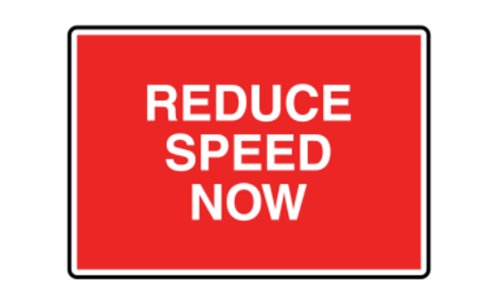
The clear and direct instruction REDUCE SPEED NOW on a regulatory red sign mandates that drivers must promptly begin to slow down their vehicle for safety reasons.
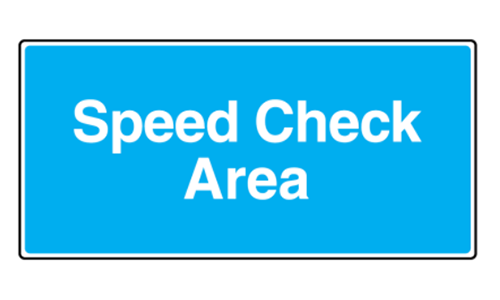
A Speed Check Area sign informs drivers that speed enforcement is likely in the vicinity. The directive is to adhere to the legal speed limits to avoid penalties.
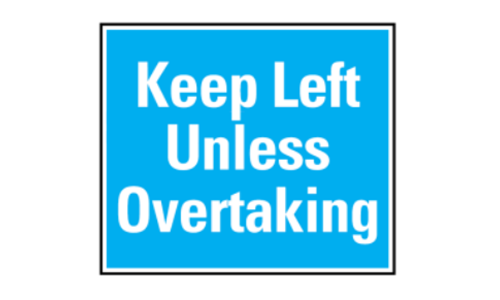
This regulatory sign instructs drivers to maintain their position on the left side of the road for regular driving and to use the outermost right lane specifically for the purpose of overtaking other vehicles.
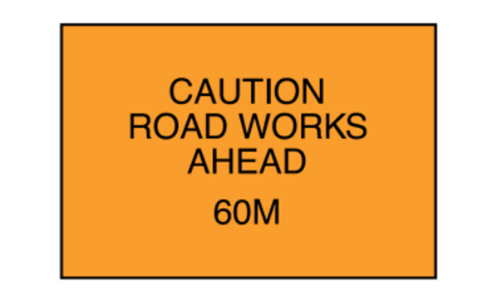
Drivers should reduce their speed and be vigilant for potential hazards such as lane closures, uneven surfaces, workers, or equipment in the immediate vicinity.
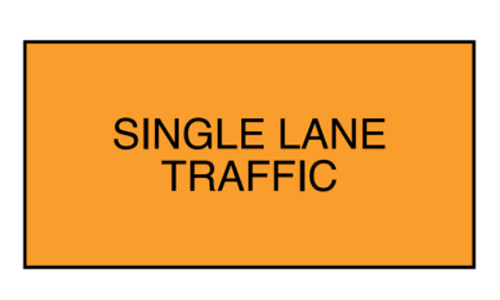
This temporary warning sign indicates that the road ahead will narrow to a single lane. Drivers should reduce their speed and be prepared to yield to other traffic as the lanes converge, following any instructions or signals present.
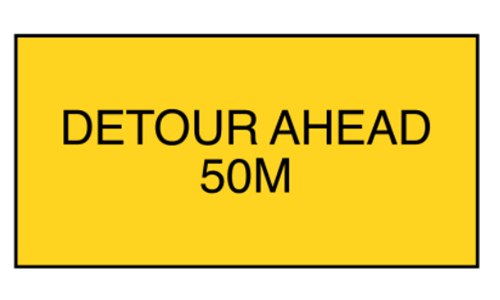
This temporary warning sign informs drivers that a detour, or temporary change in the route, is located 50 meters ahead. Drivers should slow down and be ready to follow the signs indicating the diverted path.
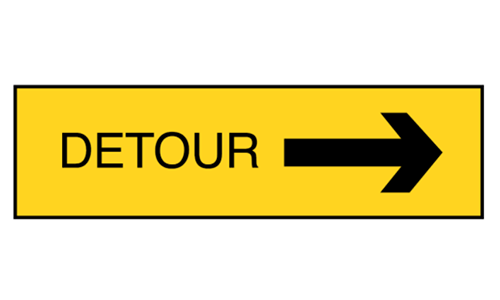
This sign indicates that the regular route is closed ahead, and drivers need to follow the detour in the direction shown by the arrow, which in this case is to the right.
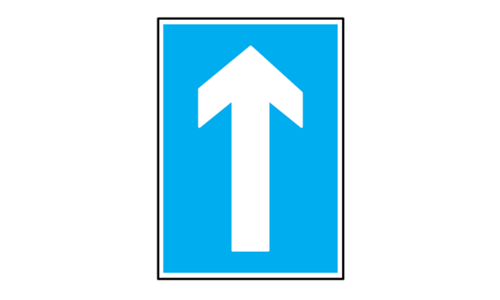
This regulatory sign indicates a one-way street where all vehicles must travel in the direction of the arrow. While the primary flow is straight ahead, turns to the right or left onto other roads might be permitted, unless otherwise indicated.
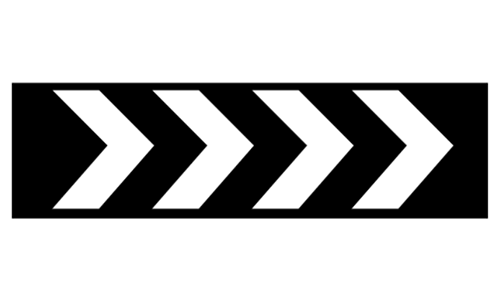
This warning sign, often used at curves or bends, indicates a sharp change in the road’s direction to the right. Drivers should slow down and follow the path indicated by the chevrons to navigate the deviation safely.
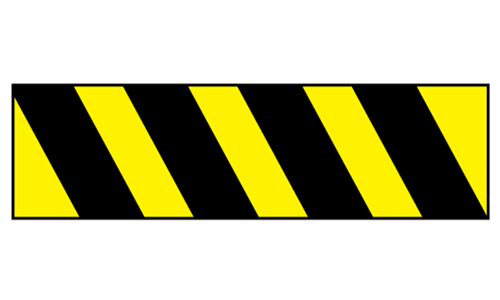
Black and yellow stripes on a barrier or marking are a common way to highlight potential dangers, obstructions, road work areas, or diversions. Drivers should reduce speed and be prepared to maneuver carefully.
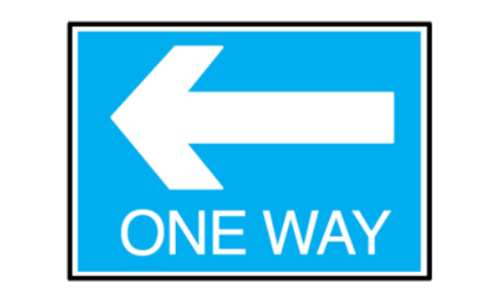
This regulatory sign indicates the start of a one-way street, and the arrow shows the direction of permitted traffic flow. In this case, traffic is allowed to move only to the left from where the sign is placed.
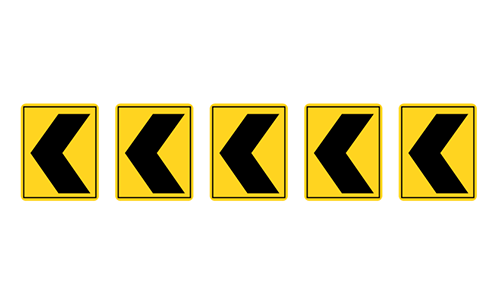
These curve alignment markers are used to guide drivers through curves or bends in the road. The direction of the chevrons indicates the direction of the curve. In this case, the left-pointing chevrons warn of a curve to the left.
 Pass the Exam easily with Premium Practice Tests | Unlock All with 7 Days Plan
Pass the Exam easily with Premium Practice Tests | Unlock All with 7 Days Plan  Offer Ends in
Offer Ends in 
